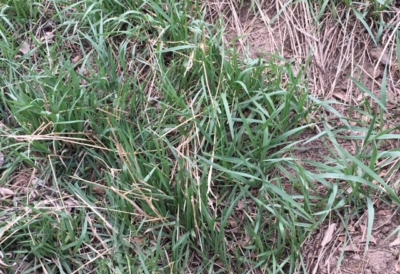Smooth Brome

smooth brome
Smooth brome can be a plant and a weed. The exact use of it depends on the habitat and region. While it’s shown benefits to prevent erosion of lands, offer good protein sources for livestock, and create nesting cover for some animals, it has also caused the displacing of some vegetation. Also known as bromegrass and Russian/Hungarian/Austrian brome, here’s a look at all you need to know.
What Does Smooth Brome Look Like?
Smooth brome is a perennial plant with a leafy look. It spread through rhizomes and can grow to 2-4 ft in height. It has both basal and stem leaves, all of which can grow to 10 inches in length and will usually has a wrinkle that looks like a “W” just below the tip. The plant also grows purple/brown flowers and the seeds have ascending branches.
While smooth brome can appear throughout the U.S., it tends to prefer the cooler climates. However, droughts don’t affect it but it can killed by disease in humid areas. It has a high fertility rate in slightly acidic to slightly alkaline clay soil environments. While it prefers cooler climates, seedings need to take place at least 6 weeks before the winter frosts hit.
Managing Smooth Brome
Smooth brome needs seedings in the spring, especially in the northern states. Summer seedings can be good, but if opting for fall seedings then they need to be done early. The seeding can be done with alfalfa mixtures, but you’ll want to alternate rows for the best results.
Nitrogen in the spring and fall will also be necessary for pure stands. If you’re opting for alfalfa mixtures, you’ll need less nitrogen to protect the alfalfa. This plant is excellent to help alfalfa grow effectively.
The first crop will need to be cut for hay rather than for grazing. When using to help animals, you will need to adjust the pastures throughout the season to keep the grass height to 4 inches at least.
If you have any questions about our tree health care programs or noxious weed control, call SprayTech at (720)248-0000.

